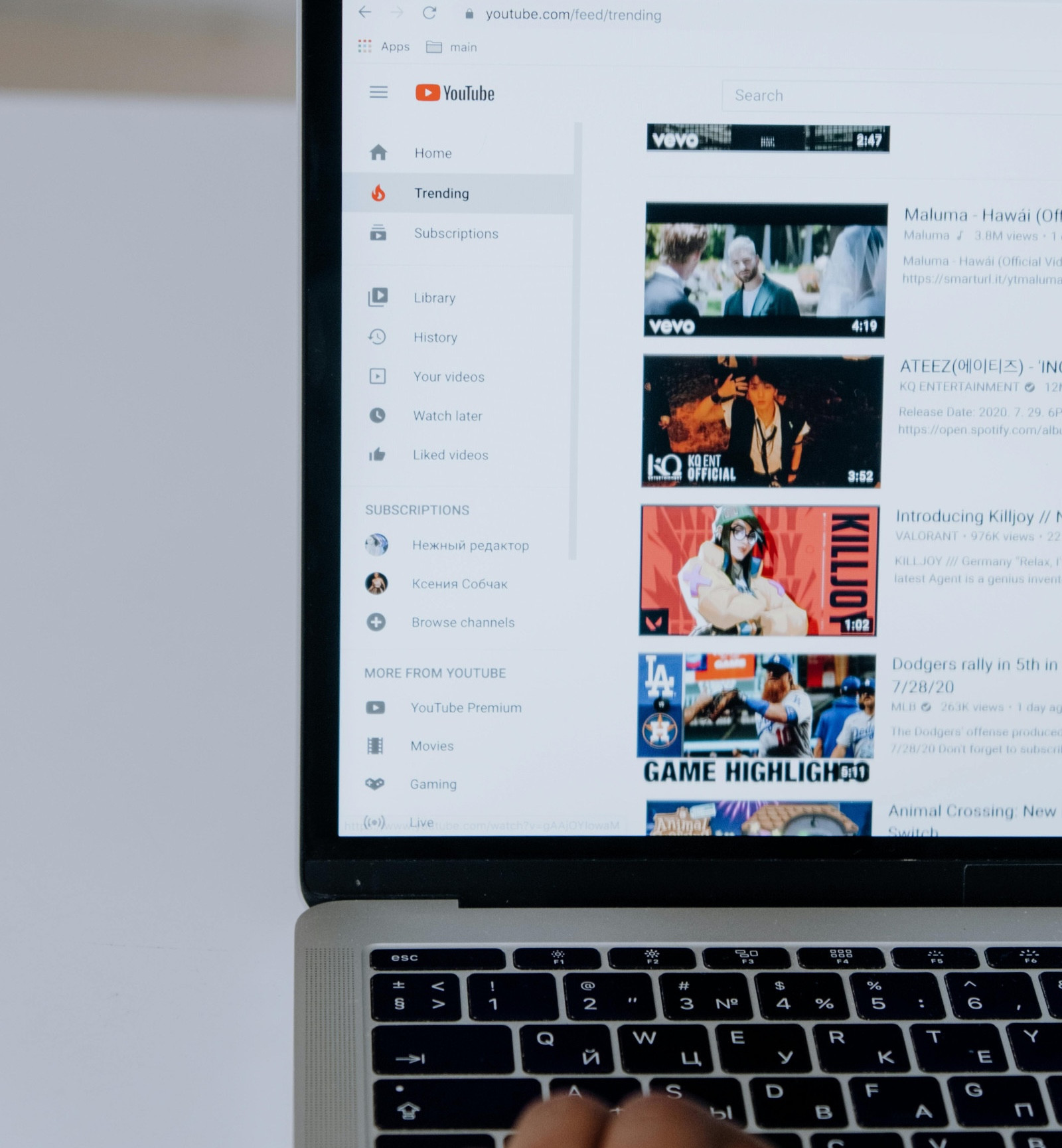Why comments on Spotify podcasts are more about YouTube than community


In September 2021, Spotify launched the Q&A and polls features for podcasts on the platform. The impetus, according to Spotify’s For the Record blog, was to make podcasts more of a two-way street and “community-building medium.” According to Spotify, “In order to achieve this community, creators and listeners need channels through which they can engage directly with the content and with each other”.
Fast forward to July 2024, and Spotify has decided to sunset podcast Q&A and polls in favour of a new feature: comments. Though Spotify’s support page says Q&A is being “replaced” by comments, the company’s July 9, 2024, For the Record blog post describes the feature change as an expansion: “Our new Comments feature expands on the Q&A and polls functionality we introduced in 2021 as a way to bring interactivity into the podcasting industry for the first time”.
While many podcast creators and listeners will likely welcome this new feature with open arms, it is not the first time interactivity is being introduced into the podcasting industry. Apple (if you count written reviews) and YouTube have had at least some iteration of comments for years, and the year-on-year success of YouTube as a platform for podcast consumption presents Spotify with serious competition. As much as Spotify’s stated aims for podcast comments may be for the benefit of creators and listeners; when it comes down to it, the platform is ultimately trying to reclaim its crown from YouTube.
In Spotify’s blog post announcing the new podcast comments feature, Spotify’s VP of podcast product Maya Prohovnik says, “We’ve found that listeners who interact with a show are four times more likely to return to that show within 30 days. They also listen to twice as many hours per month on average than those who don’t”.
Featured Report
India market focus A fandom and AI-forward online population
Online Indian consumers are expected to be early movers. They are high entertainment consumers, AI enthusiasts, and high spenders – especially on fandom. This report explores a population that is an early adopter, format-agnostic, mobile-first audience, with huge growth potential.
Find out more…While these stats may be true, they do not mean that interactive features are the cause of higher engagement across the board. Instead, users who are more likely to return to a show within 30 days and listen to twice as many hours per month on average are probably also more likely to use a platform’s interactive features. In other words, interactive features afford highly engaged users another way to engage — they do not necessarily increase engagement for all less engaged users.
That is not to understate the significance of features that encourage different forms of engagement, as these features can be important marketing drivers for podcast creators, in part because they give platforms more data to inform algorithmic recommendations. Comments also allow podcasts to incorporate the kind of interactive host-listener relationship that helped popularise radio (through call-ins and other engagements) and which is still largely missing from the digital landscape today. While podcasters should not be under the illusion that Spotify’s new comments feature will automatically increase engagement for their podcasts, it does lay important groundwork for building more engaged, devoted fanbases.
In practice, comments on Spotify will likely work much like they already do on YouTube: providing creators a gauge of how users are reacting to their content and providing users a sense of what other listeners are engaging with. It will take time to build this sort of community on Spotify, and the platform cannot bank on YouTube users simply migrating their habits over. But what is certain — with 250,000 video podcasts available and direct video upload replacing RSS distribution — is that the platform is intentionally following YouTube’s footsteps. With Spotify’s podcast market share waning relative to YouTube’s growth, the more the platform can give users what they are looking for from YouTube, the better.

The discussion around this post has not yet got started, be the first to add an opinion.